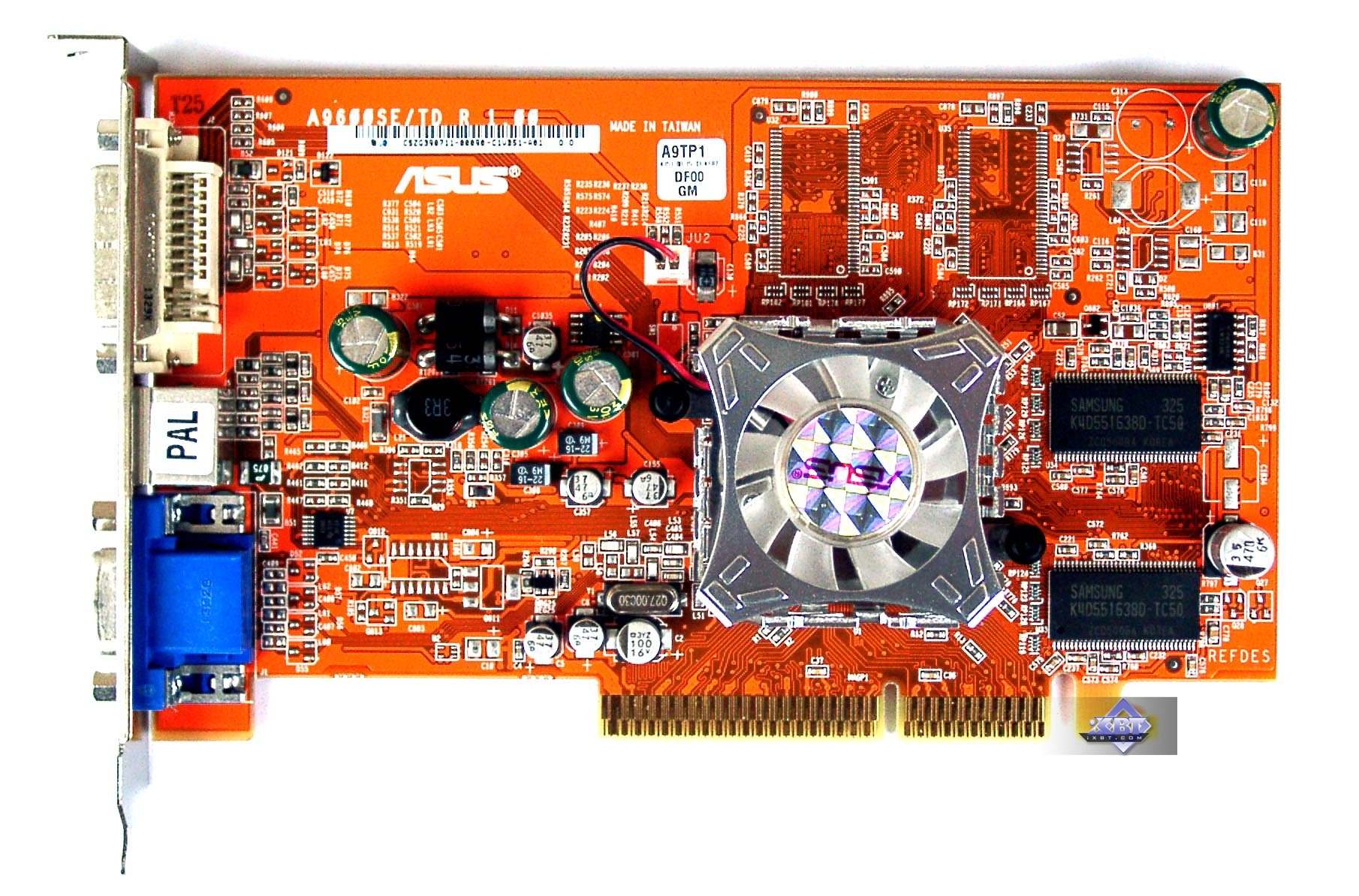Apple on Monday updated a pair of support documents relating to the release of macOS Mojave, outlining legacy Mac Pro compatibility via graphics card upgrades and support for Boot Camp on certain. Release Notes Radeon Software Crimson ReLive Edition 17.7.2 Highlights New Features and Improvements. Radeo n Settings. Radeon Additional Settings has been retired and its previously supported controls for Switchable Graphics, Color Depth and Pixel Format have all been moved into Radeon Settings. For the original Mac Pro models, this is your only readily available option without hacking the system by also installing a newer, officially unsupported, version of OS X. Photoshop cc for mac serial number. Photo Credit: EVGA, Left - GeForce GTX 680 & AMD/Sapphire, Right - Radeon HD 7950.
Radeon Mac Software
If you use Boot Camp to run Windows on your Mac, you can visit the AMD website to download the latest version of their drivers for Windows. These Mac computers use AMD graphics:
Asus Radeon For Mac Os 10.10
- 15-inch MacBook Pro introduced in 2015 or later
- 27-inch iMac introduced in 2014 or later
- 21.5-inch iMac with Retina display introduced in 2017 or later
- iMac Pro introduced in 2017
- Mac Pro introduced in 2013 or later

Check your version of AMD graphics drivers
- Start up your Mac in Windows.
- Take any of these steps to open Radeon settings:
- Right-click your desktop and choose AMD Radeon Settings.
- Or click Radeon Settings in the notification area.
- Or choose AMD Radeon Settings from the Programs menu.
- In Radeon settings, click the System Tab, then click the Software tab.
- The version number is shown under Driver Packaging Version.
Download and install the latest AMD graphics drivers
- In Windows, go to the AMD website, then click Drivers & Support.
- Select your product from the list, not the menu: First select Graphics, then select Mac Graphics in the next column, then select Apple Boot Camp in the next column.
- Click Submit to view the list of available drivers.
- Look for the driver version that supports your Mac model. If it's a later version (higher number) than the version installed on your Mac, click Download.
- Extract the downloaded ZIP file, then run the Setup app in the resulting folder to install the drivers.
